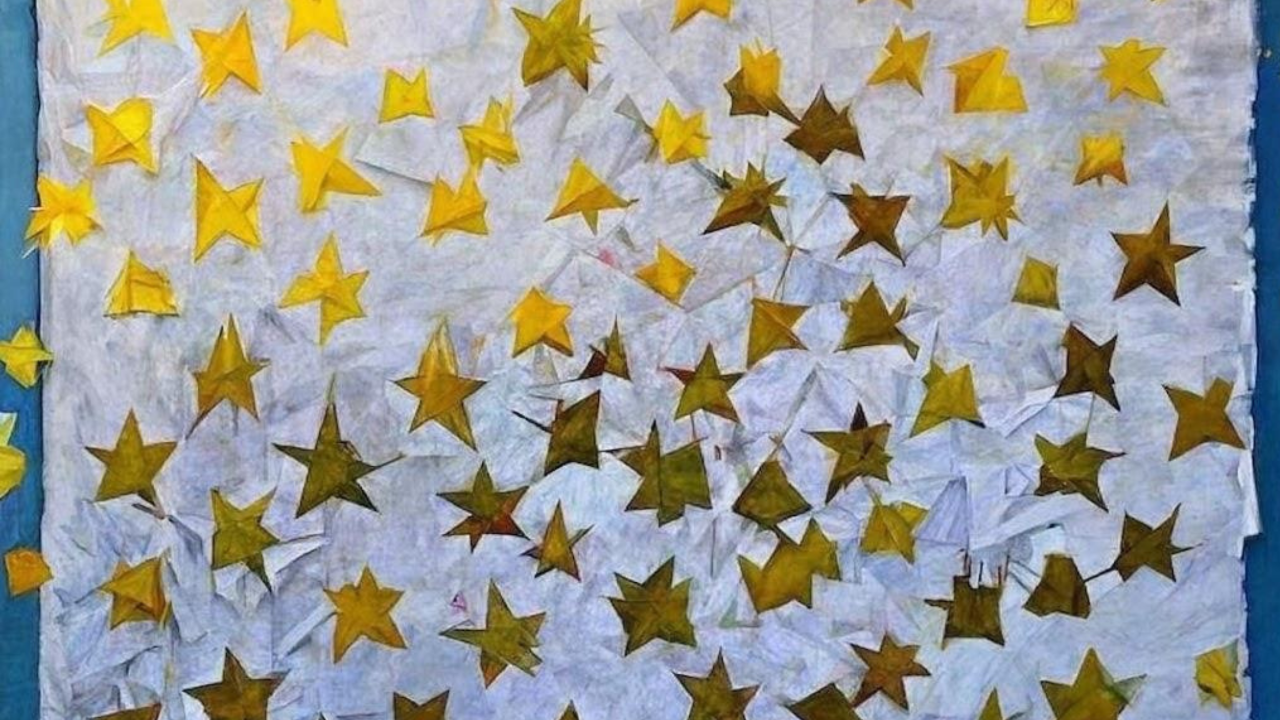Your life design is where the magic happens

I don't know how to tell you this, but running a creative business by yourself from your bedroom or office or phone is not always easy.
I know. Shocking, right?
Who would've thought that developing products and services, asking for feedback, negotiating rates, reviewing financial statements, designing a website, writing persuasive copy, performing on social media, managing a team and/or making constant decisions about what to work on or prioritize next would be challenging?
Sure, there are perks: I can shower whenever I want, for one. I have total creative freedom and almost no hoops to jump through in order to get an idea out.
But it would be unfair (to myself and to you) not to acknowledge that there are days when everything is hard and nothing feels like it's working.
After all, if we just ignore these hard parts and keep sharing highlight reels on social media, what happens?
Oh, right: We all go on thinking we're the only one struggling.
But I'm not just here to talk about the problem. What I want to draw your intention to is paragraph three, where I listed all of those "to-do's."
If you go back and re-read them, what you'll notice is that they are all actions, projects and/or habits that are within our individual control.
You are the one with the power to advocate for the value of your work, to share the calls to action, to keep showing up even when it feels like no one's paying attention.
The question, of course, is how? How do we keep trying, even and especially when it's hard?
The answer, for me and other Big Paper Planning Day participants, is always life design.
Here's what I mean: Let's say you want to grow a profitable business. That is a major priority for you—it's something you sit down at the desk every day with the intention to do. Maybe you even have a target in mind, a certain revenue threshold that represents "success."
Despite how important this goal is to you, however, when you sit down and open up your laptop each day you're suddenly reminded of all of the other priorities and obligations you're beholden to.
There's that email, for one, which has been waiting for a response for days. You value responsiveness and the task now feels urgent, so you prioritize answering it right away.
Next there's that Slack message from a client. Their needs are really important, too...and you don't want anyone to be even a little bit annoyed with you. Before you know it, you've spent half an hour drafting a response.
Oh, and rats. You haven't posted anything on social media yet. And the people on social media say posting every day on social media is really important...better put a Canva carousel post together before it's "too late."
In this scenario (which I've lived out more days than I can count) the literal sun might go down before you realize you haven't spent a second of time even thinking about that creative project that's really important to you.
This doesn't just suck on a personal level. As I'm sure you know, it's those creative projects that tend to move the needle most in our businesses.
Creative work feeds on aha moments, epiphanies and ideas. It requires space for divergent thinking, which almost never happens on hour four of sitting in an ergonomic desk chair and staring at a screen.
Your creative business needs you to make space to go for a walk, stare at a tree, strike up a random conversation, read three unrelated books at once.
In other words, the work you care so deeply about? It needs you to intentionally design your life.
When you design your life, aka clarify your priorities and make space for taking action, you inherently make it easier to focus on what's important to you. This isn't about color coding your Google Calendar or buying another spiral-bound planner—it's about being able to confidently answer questions like, What do I want? and What can I do to bring more of what I want into my life?
So here's your invitation:
Join us next week at Big Paper Planning Day. We have live retreats both Thursday and Sunday, and with your ticket you can choose whichever session works best for you.
At Big Paper Planning Day, I'll help you clarify what your priorities are and help you develop research-backed strategies to actually take the kind of consistent action that will make a difference.
All you need to do now is buy a ticket and go school supply shopping. By the end of Big Paper Planning Day, you'll have a clear plan for the next 12 weeks of your life—one that is designed to keep you motivated and taking action, even when you're working with constraints on your time, money, or energy.
I seriously cannot wait.
Bored on the Internet?
✷ With NaNoWriMo coming up, I'm on the hunt for any and all tools that make writing more fun. My nerd brain is very intrigued by this playful software.
✷ I felt very validated by this TCI interview with Mathieu Leroux — if you've ever wondered what my writing process looks like, it's this.
✷ Here's a fun research rabbit hole from Stanford's d.school: Where do new ideas come from?
⚛ Mini Lab: Tools, Trends & Experimental Ideas ⚛
Last week I wrote about the power of social proof, then Friday afternoon I combed through every email I've ever sent about Big Paper Planning Day to see which drove the most sales.
Unsurprisingly, there were two variables that made the biggest difference: Testimonials and a "last call" announcement.
So this is just a note to say if you're not sharing honest reviews, feedback, testimonials and data about your work...it might be time to experiment.




